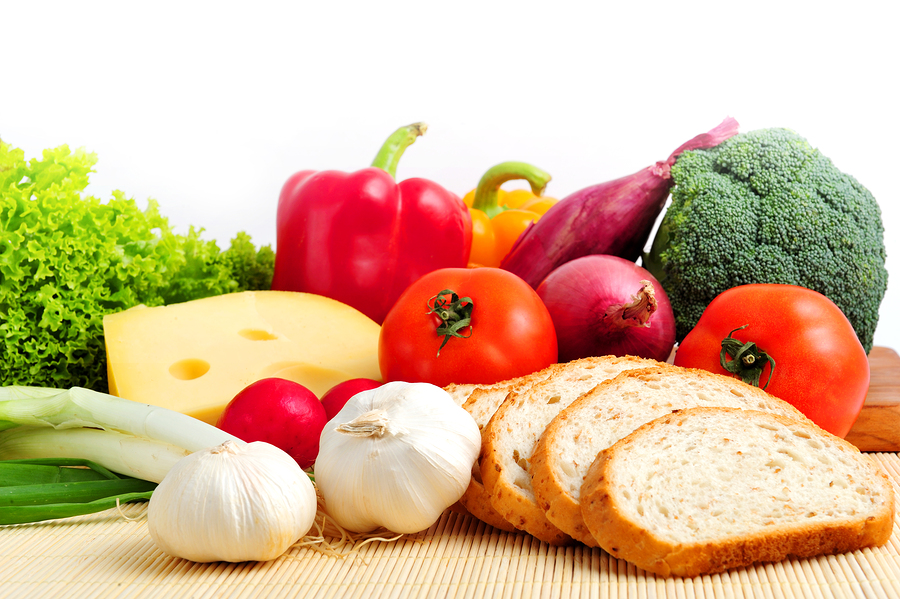Eating for the menopause
The menopause is a very personal experience and no woman’s experience will be the same. There are various therapies available for the treatment of symptoms but your diet can also have an impact.
Hot flushes are a very common symptom of the menopause which are made worse by eating certain foods. Whilst diet alone cannot cure them there are certain dietary aspects which may help reduce their severity. Try to notice if hot flushes appear to be worse after certain foods or drinks. Caffeine, alcohol and chocolate are notorious for making hot flushes and night sweats worse so try to avoid it as much as possible. Keeping a food diary may help you identify which foods and drinks affect you.
Tiredness is another symptom. Keep blood sugar stable by consuming more low GI food and avoiding sugary snacks. Include protein at each meal where possible as this helps reduce the GI of a meal. Replace white carbohydrates with brown/wholemeal as much as possible and eat plenty of vegetables. This will also help keep any weight gain to any minimum. Eating regularly will balance blood sugar and prevent your metabolism slowing down. Eat 3 main meals a day and try to snack in between. Nuts, fruit, vegetables, seeds, a small of chunk of cheese or a full fat yoghurt are all great snacks with nutritional benefits.
After the age of 30, peak bone mass decreases. However, the menopause can increase this further which increases the risk of osteoporosis. One in two women and one in five men over 50 will break a bone as a result of poor bone health (National Osteoporosis Society). Osteoporosis is a very debilitating condition and although most of our bone density is down to genetics, there are still dietary factors which can have an impact.
Avoiding fizzy drinks is hugely important. It is believed fizzy drinks cause calcium to leach from your bones which weakens them. Eating a diet high in alkaline foods such as fruit, vegetables, seeds, almonds and yoghurt may also help reduce the amount of calcium leached. Eating fish with bones such as sardines can also increase your calcium intake as well as including plenty of dairy products such as cheese, yoghurt, milk and green leafy vegetables like broccoli.
This is the difference in bone structure for osteoporotic bones:
Image from www.webmd.com (2012)
You can see the difference in density. Someone with osteoporosis is more likely to break a bone from a minor trip or fall. Not only does weight bearing exercise help to maintain bone density, it will also prevent weight gain and keep your metabolism working at a higher rate.
Try to exercise at least 3 times a week and vary your exercise to work different muscle groups.
Written by: Hannah Bailey
Disclaimer
All content on Silversurfers.com is provided for general information only, and should not be treated at all as a substitute for the medical advice of your own doctor or any other health care professional. Silversurfers.com will not be responsible or liable for any diagnosis made by a user based on the content on www.silversurfers.com and we are also not liable for the content of any external websites or links from or to Silversurfers to any other websites. Please always consult your own doctor if you’re in any way concerned about any aspect of your health.
What are your experiences of menopause? Have you tried HRT?
Latest posts by Hannah Bailey (see all)
- Eating for the menopause - December 1, 2014
- Chips and Prostate Cancer - February 19, 2013
- Eating with diabetes - January 18, 2013
- The Andropause - December 19, 2012
- Healthy eating can reduce symptoms of depression - October 12, 2012





















